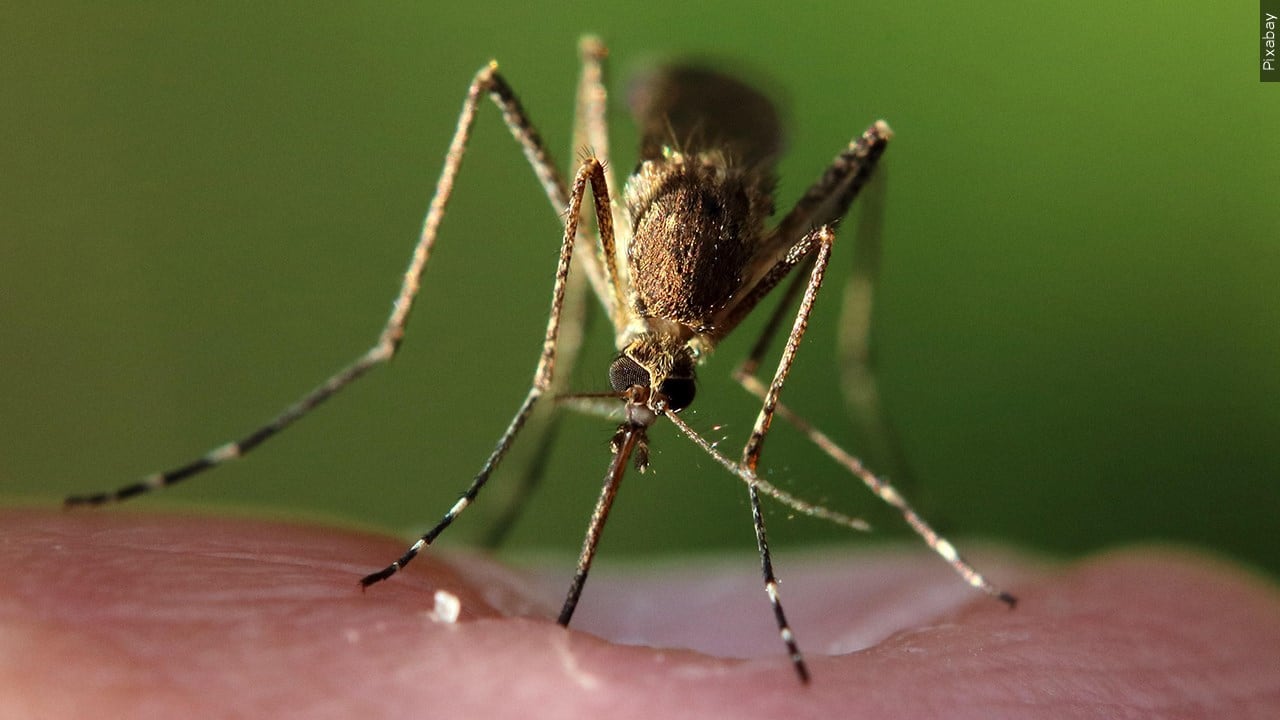One of the worst invasive species in a lifetime infesting S.C.
GREENVILLE, S.C. - It’s being called the most invasive forest pest of our generation – and it’s attacking trees in South Carolina.
The emerald ash borer, an invasive wood-boring beetle from China, has damaged or killed hundreds of millions of trees since it arrived in the U.S.
Helene debris spawns boom of disease-carrying mosquitoes
With the summer already underway, the rain and warmer temperatures can make the perfect combination for mosquito populations to skyrocket.

“It is probably one of the worst invasive insect pests we’ve seen in North America in our lifetime,” said Clemson Professor Dr. David Coyle. “It kills any ash tree it comes into with. It’s over 99% death rate to ash trees that are infested.
Ash trees, valuable for their use in making furniture and baseball bats, are at risk of becoming extinct. They make up just 1% of the trees in South Carolina.
Fox tests positive for rabies in Burke County
After a rabid fox is found, people are urged to make sure that all dogs, cats and livestock are vaccinated for rabies or up to date on their rabies vaccination.

Holes made by the pest can be recognized by their characteristic “D” shape, Coyle said.
They have been found in multiple Upstate counties north of Interstate 85.

Coyle said if you find one of the pests in your yard, a small infestation can usually be managed by injecting trees with insecticide. These solutions don’t work for larger forests, though.
“Normally, I try to tell people it’s not all doom and gloom,” Coyle said, “but I think in the case of this particular pest, it kind of is. There’s not a lot we can do about. And we are, at this point, just trying to cope with what’s likely to be inevitable.”
Copyright 2025 WRDW/WAGT. All rights reserved.











